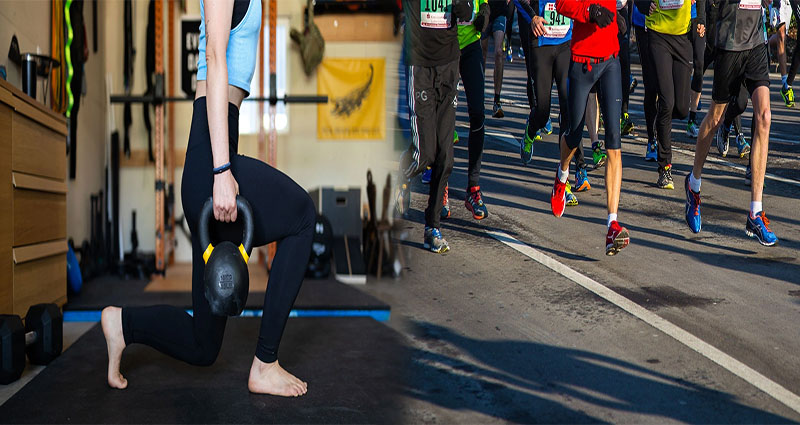Running is a popular form of exercise that offers numerous health benefits, but it also puts significant stress on the body, particularly the muscles and joints. Without proper preparation and maintenance, runners are susceptible to a variety of injuries. Flexibility and mobility drills are essential components of a comprehensive injury prevention program for runners. In this article, we will discuss some effective flexibility and mobility drills that can help prevent injuries and improve overall performance.
1. Dynamic Stretching
Dynamic stretching involves active movements that take joints and muscles through a full range of motion. Unlike static stretching, which is performed while stationary, dynamic stretching helps enhance flexibility and muscular coordination specific to running. Examples of dynamic stretches for runners include high knees, walking lunges, leg swings, and butt kicks. Prioritizing dynamic stretching as part of the warm-up routine prepares the muscles and joints for the demands of running while reducing the risk of injury.
2. Foam Rolling
Foam rolling, also known as self-myofascial release, is a self-massage technique that helps alleviate muscle tension, knots, and trigger points. Using a foam roller, runners can apply pressure to different muscle groups, promoting improved blood flow and flexibility. Foam rolling sessions can focus on areas like the calves, quadriceps, hamstrings, IT band, and glutes, which tend to become tight and restricted in runners. Regular foam rolling helps release tension, prevent muscle imbalances, and optimize overall mobility.
3. Hip Mobility Exercises
The hip joint plays a crucial role in running mechanics, and maintaining good hip mobility is essential for injury prevention. Various exercises can help improve hip mobility, such as hip circles, clamshells, fire hydrants, and hip flexor stretches. These exercises target the muscles surrounding the hip joint, including the glutes, hip flexors, and hip abductors. Incorporating hip mobility exercises into a runner’s routine can enhance stride length, reduce the risk of hip and knee injuries, and improve overall running efficiency.
4. Ankle and Calf Stretches
Strong and flexible ankles are vital for maintaining proper running form and reducing the risk of lower leg injuries. Ankle mobility exercises like ankle circles and alphabet writing with the toes help improve flexibility and range of motion. Additionally, calf stretches, both seated and standing, can target the muscles of the lower leg, reducing tightness and minimizing the risk of conditions like Achilles tendonitis and calf strains.
5. Core Strengthening
A strong core is the foundation for efficient running mechanics and injury prevention. Core strengthening exercises, such as planks, bridges, and Russian twists, engage the deep abdominal muscles and stabilizers. By developing core strength, runners can maintain proper posture and stability, which in turn reduces the risk of injuries like lower back pain and hip issues.
Remember, consistency is key when incorporating flexibility and mobility drills into a runner’s routine. It is recommended to perform these exercises at least two to three times a week to see long-term improvements in flexibility, mobility, and injury prevention. However, it is essential to listen to your body and not push beyond your limits. If you experience pain or discomfort during any of these drills, it is best to consult a healthcare professional or a qualified coach for guidance.
By incorporating these flexibility and mobility drills into your running routine, you can significantly reduce the risk of injuries, improve your running performance, and enjoy the sport for years to come. Stay proactive, stay flexible, and stay injury-free!











